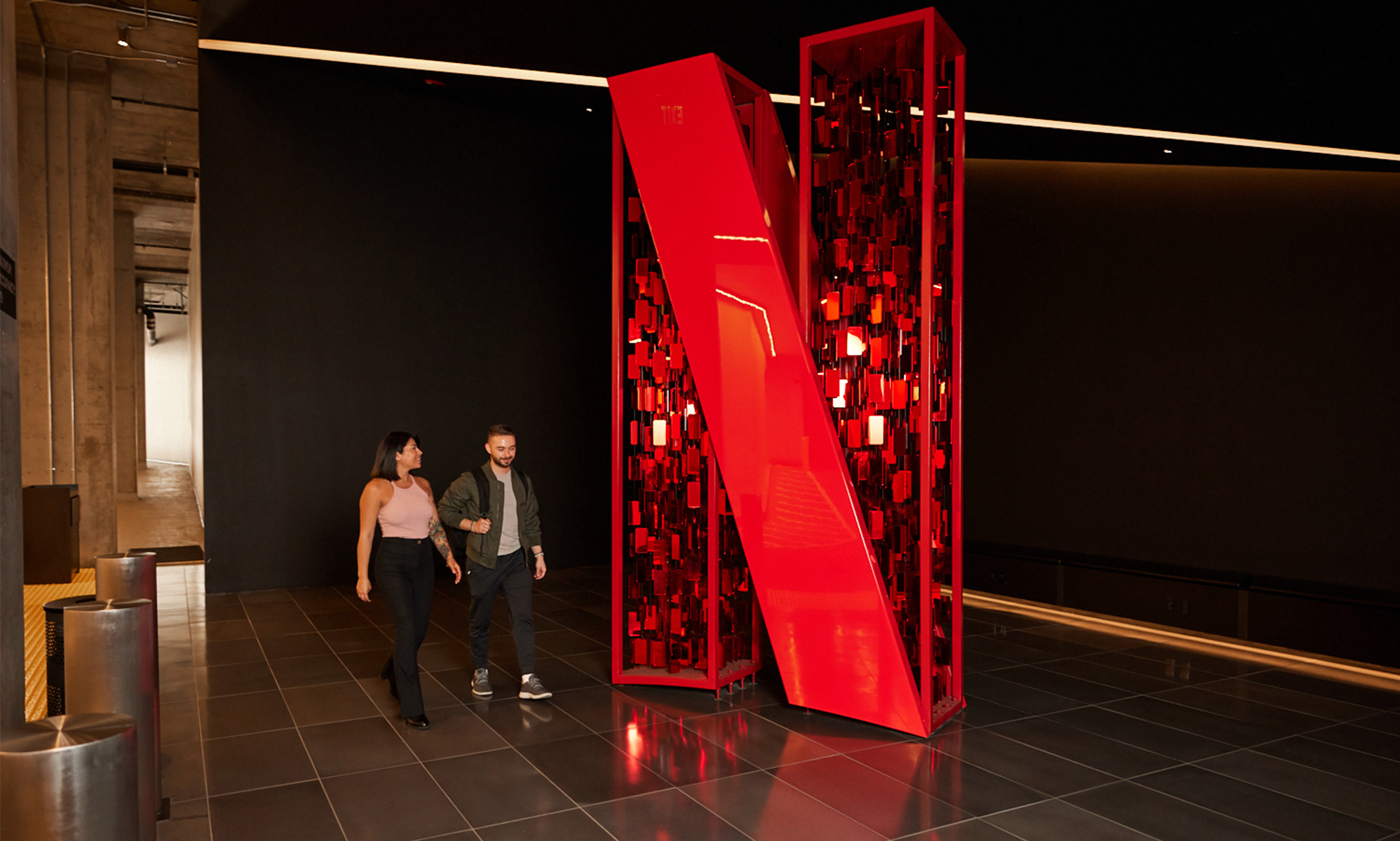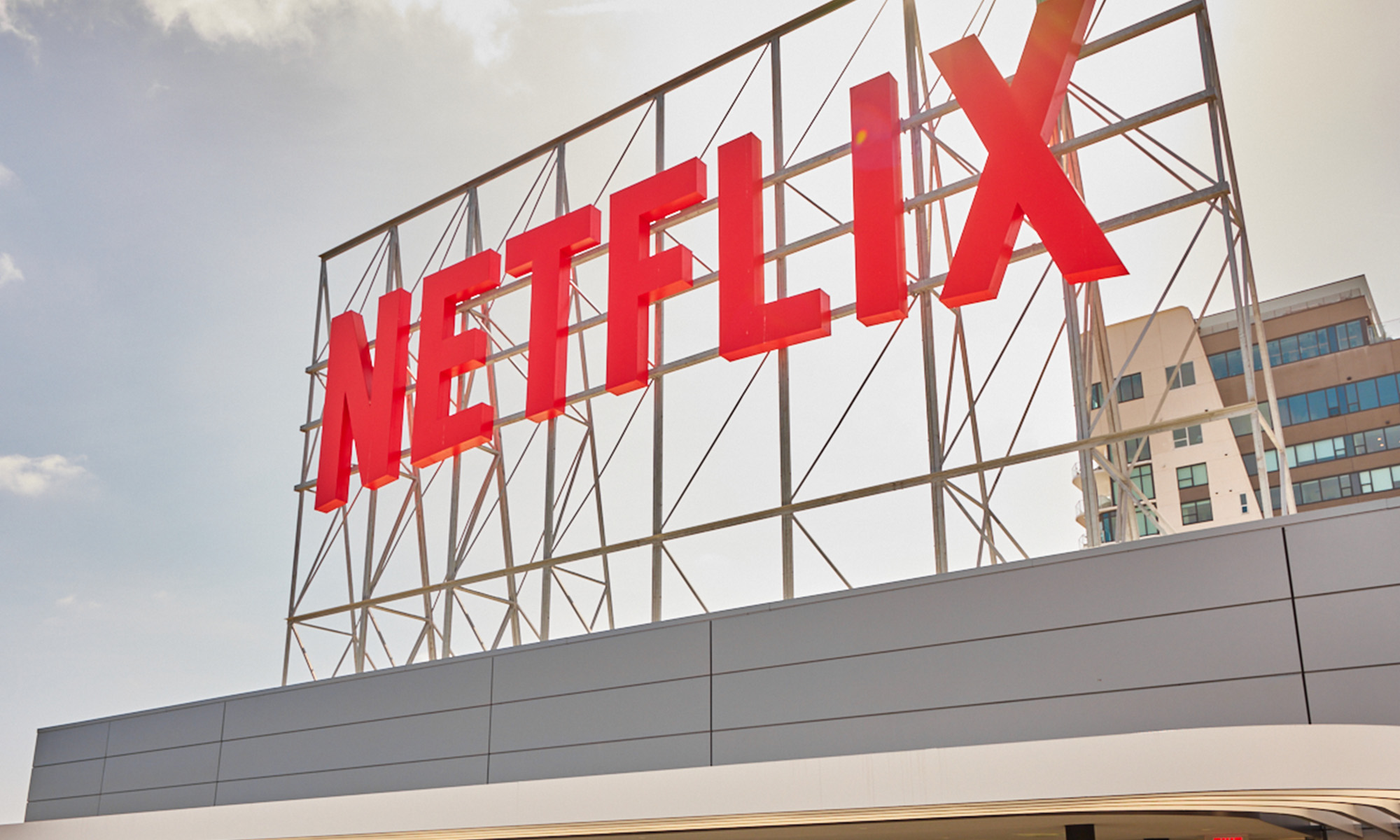When a stock drops more than 60%, investors have a right to ask questions about the future of the company. This leads us to World Wrestling Entertainment (WWE +0.00%) where shareholders have adopted a sell first, ask questions later approach. Beyond disappointment over the company's recently renewed television agreements, there are two specific questions WWE needs to answer today in order to gain back investors' trust.
You need to watch to invest
Yes I'm actually suggesting watching WWE's shows as a form of investment research. In fact, any investor who thinks they can intelligently invest in WWE and ignore the product the company is producing, is foolish (with a lower case f).
Not watching wrestling and trying to gauge WWE's future success, is akin to not knowing anything about HBO's popularity and trying to intelligently invest in Time Warner (TWX +0.00%). Knowing that House of Cards just premiered a new season, or that Orange is the New Black's next season is due soon, are critical points to the investing thesis for Netflix (NFLX +0.25%).
What happened to that guy?
WWE is a business predicated on character development. Like it or not, the company lives and dies with the popularity of its performers. The more popular the roster, the better the company's sales. This is why the first big question WWE needs to answer is, what happened to that guy?
In the last few years, WWE has spent a lot of money and air time pumping up the debut of one star or the other. Future stars like Ryback, Fandango, Damien Sandow, Zack Ryder, Tensai, Sin Cara, are just a small list of performers that started with high expectations, and today are little more than filler for WWE's weekly programming.
This type of relative failure rate is disconcerting because some of the main event stars haven't changed in years. John Cena and Randy Orton are still a primary focus of nearly every pay-per-view. This is a key difference between WWE's future (the WWE Network) and Netflix or HBO.
Netflix generated about $50 million in core free cash flow in the last three months . While originals get the headlines, Netflix still spends the majority of its cash flow on reruns of programming that someone else produced.
Time Warner's HBO business is a big part of why investors buy the stock. With over $1.4 billion in free cash flow, investors don't question if the company can afford to continue producing its own series.
In the last four quarters, WWE produced just over $18 million in total core free cash flow . The bad news is, the company has paid out over $36 million in dividends in the same timeframe. Part of the issue is, viewers aren't interested in seeing the same stars in similar matches year after year. The company needs to do a better job of weeding out the wheat from the chaff before overspending to promote performers who don't excite viewers.
$9.99 what a value!...It is a good value right?
The second big question facing WWE today is, what is the potential value of the WWE Network? WWE's hopes for the network were laid out in a recent press release.

(Source: WWE News Release May 5, 2014)
WWE says to break-even on pay-per-view losses the Network must run about 1.3 million subscribers. At 2.5 million subscribers or more, the company could double or triple its profits from the pay-per-view business.
This sounds great, but the economics may not work. There are millions paying for their cable package. If they already have Netflix at $7.99 (or $8.99 per month for new subscribers), as well as millions paying between $15 and $20 a month for HBO , another $9.99 may be too much.
WWE Network is a great value if customers would have otherwise paid for multiple pay-per-views. At around $40 per pay-per-view, a $120 annual cost for WWE Network pays for itself with just three pay-per-view buys.
However, WWE sells WrestleMania to around a million viewers, but lesser events get buys of less than 300,000 in many cases. It may be difficult for customers to justify paying $120 a year for a service that maybe only saves them from buying one or two events.
WWE better get this right
The problem with WWE's current business model is that analysts believed the company's television deals could renew at four to six times what the company was getting. It's possible that the company's projections for the Network's growth could go the same route. WWE is betting the future of the company on streaming video. If WWE over promises and under delivers, the 60% body slam in recent weeks could be just the start of pain for shareholders.






